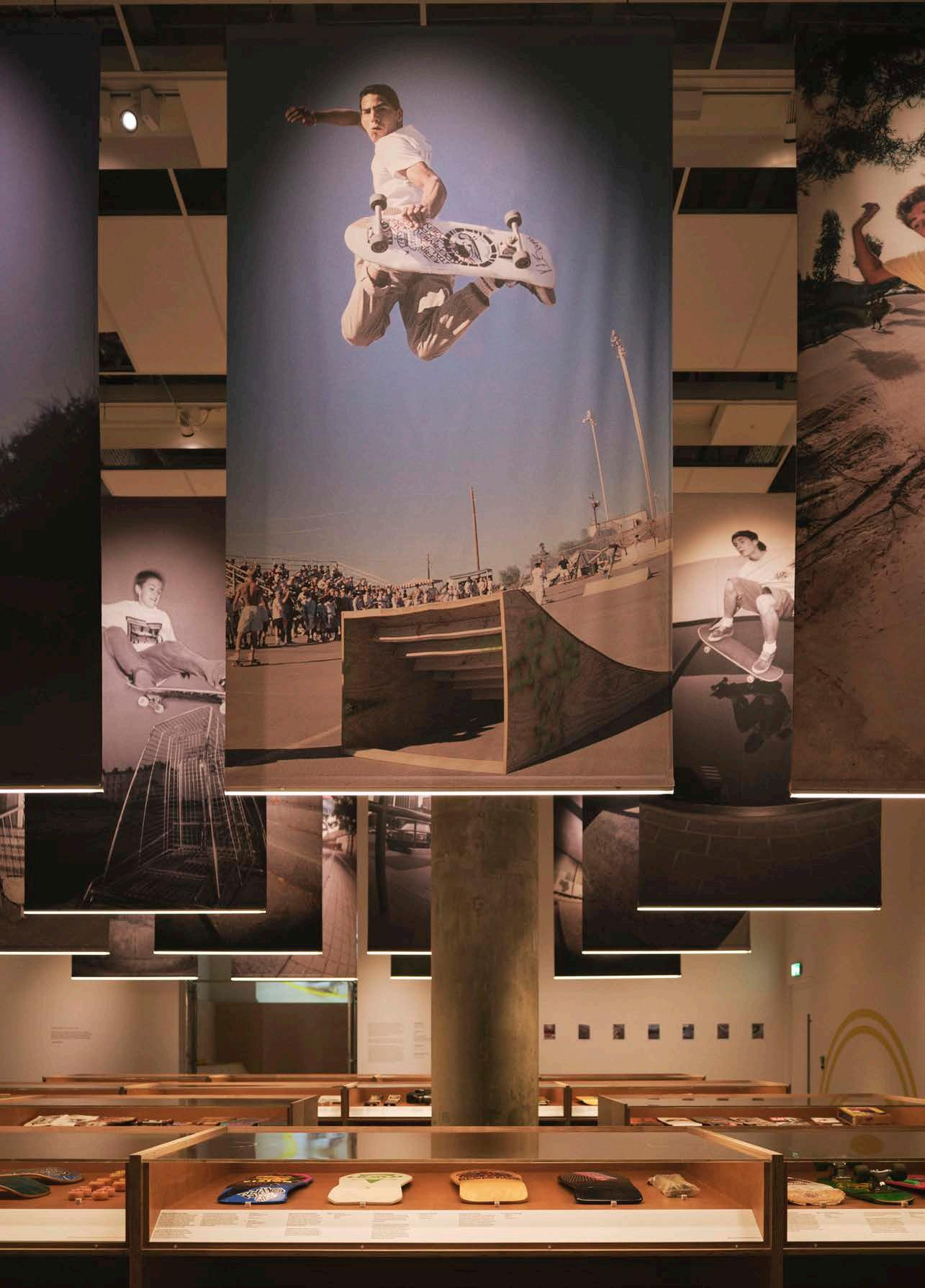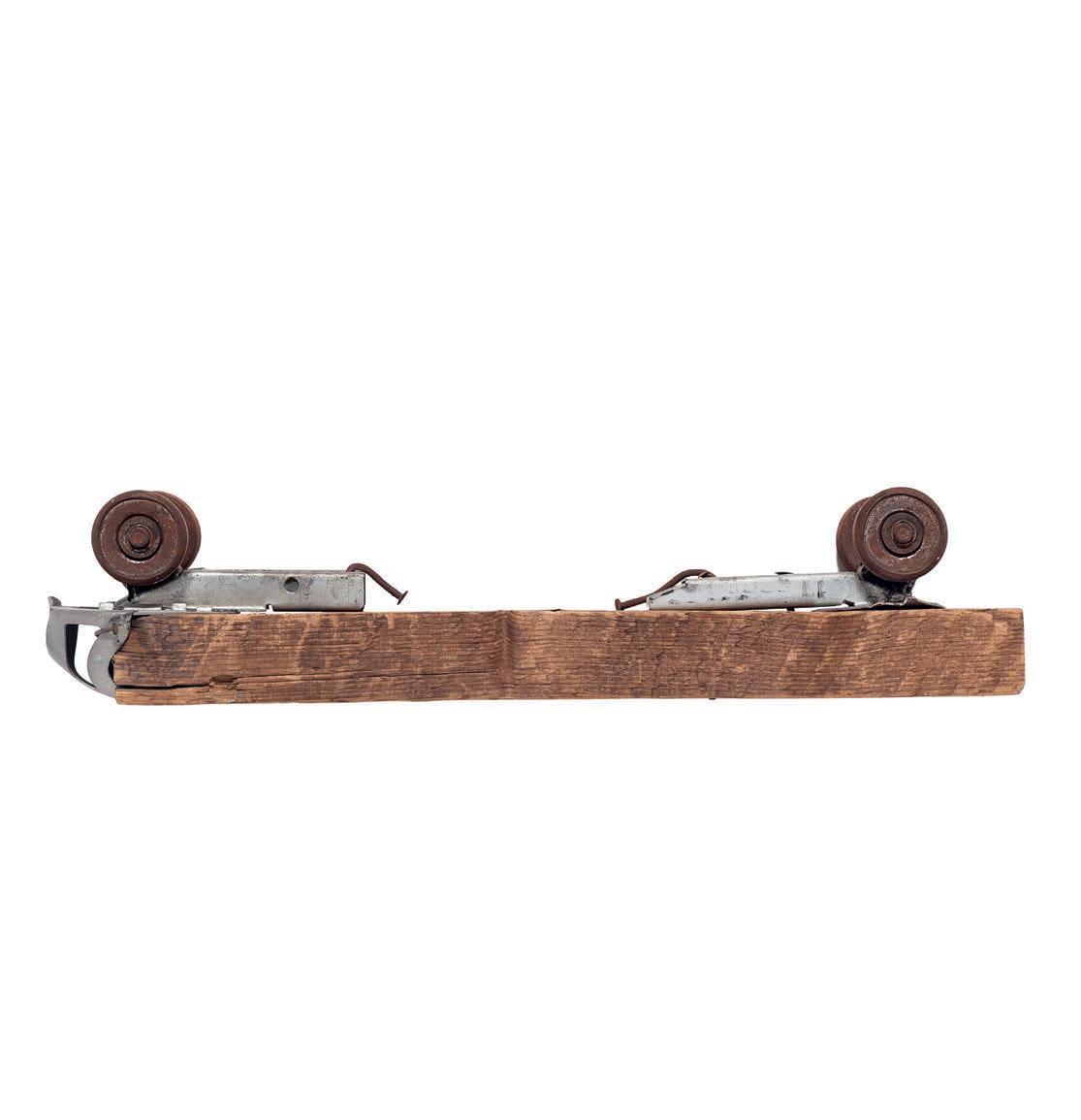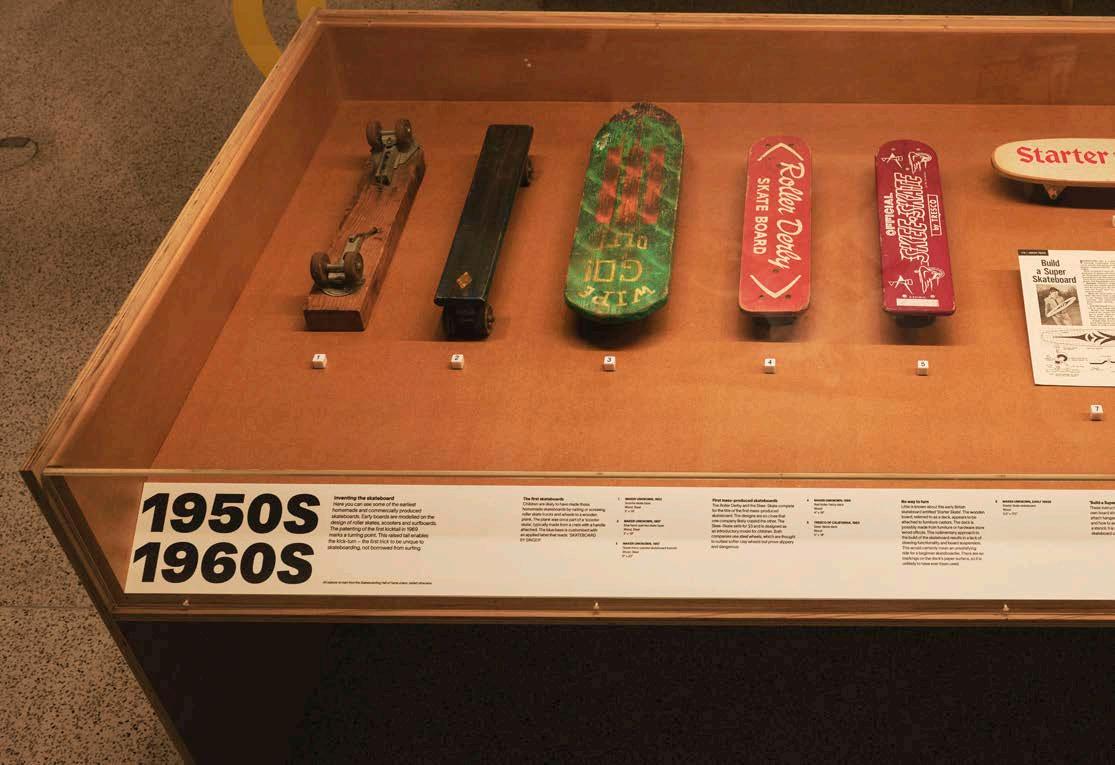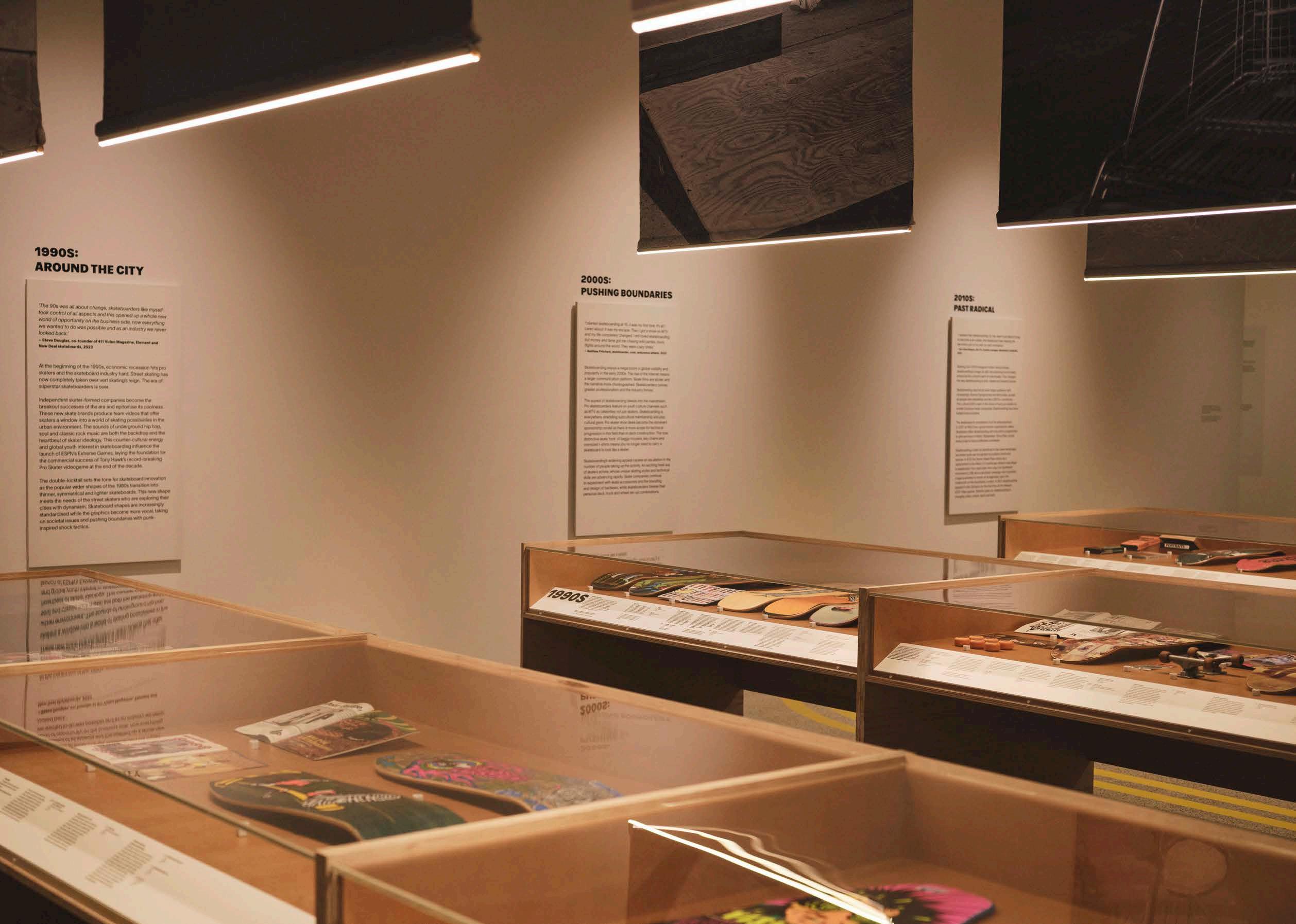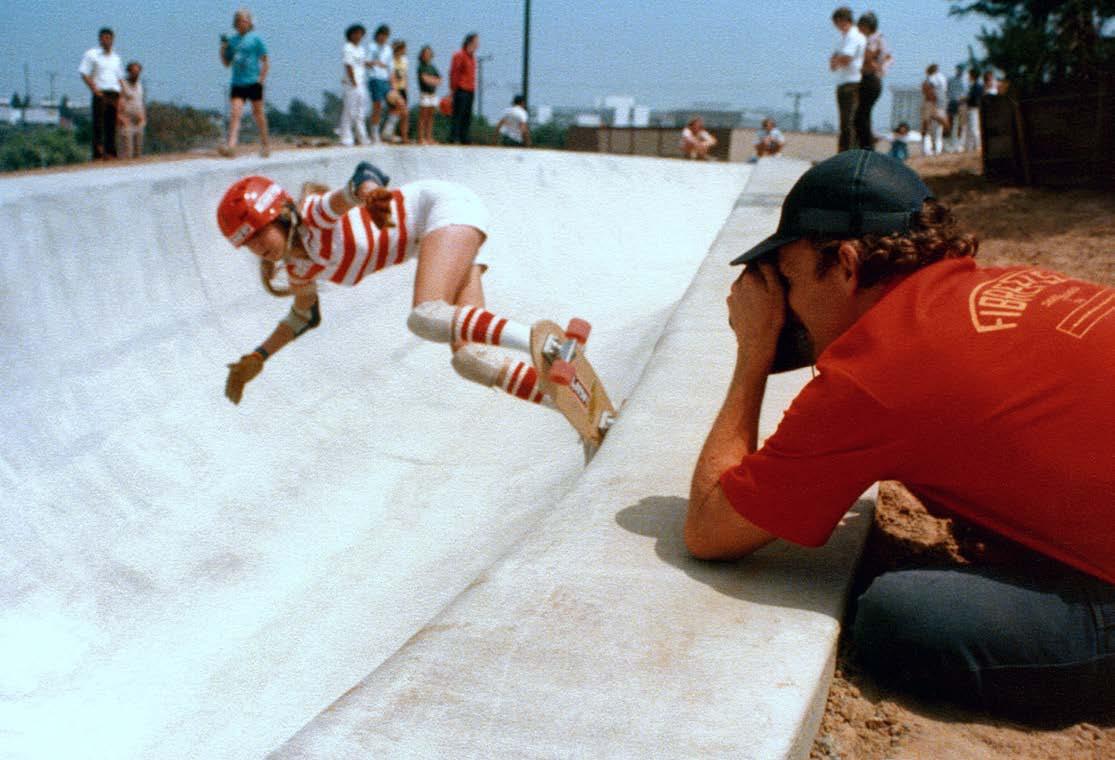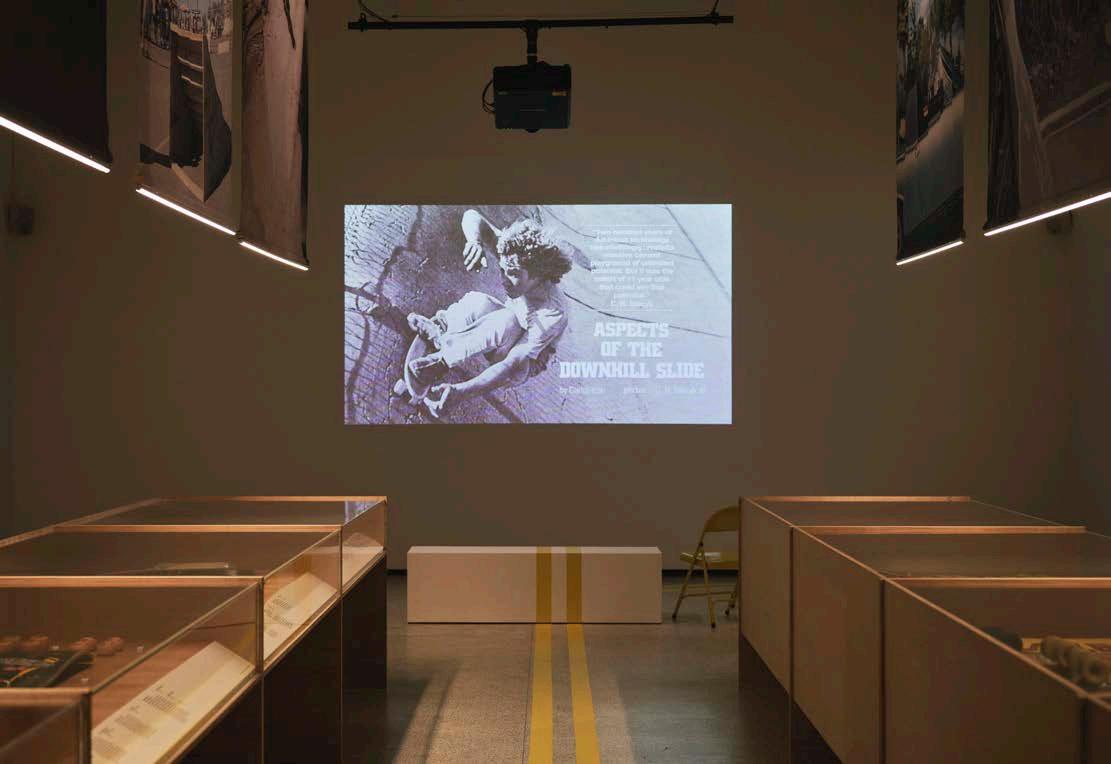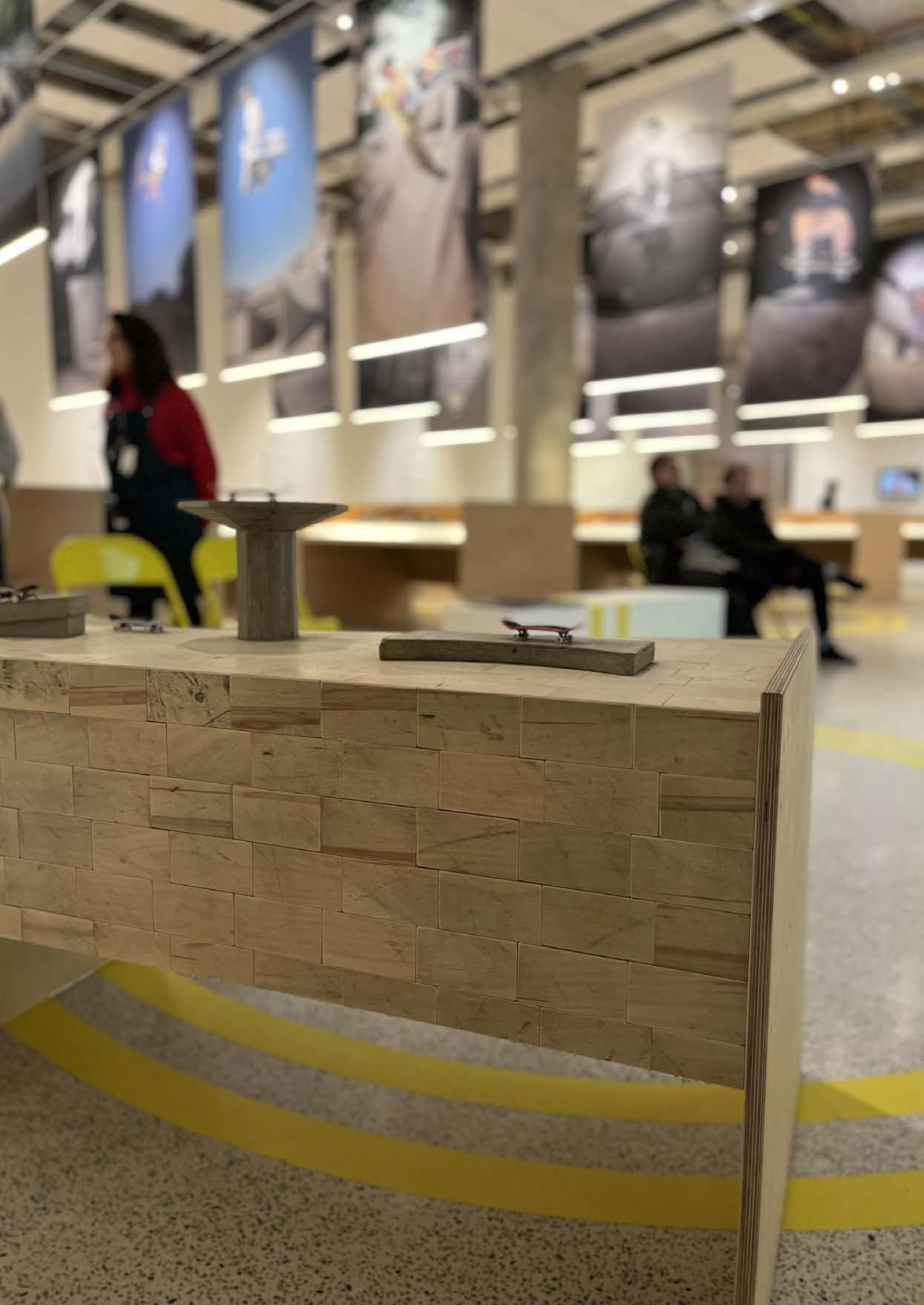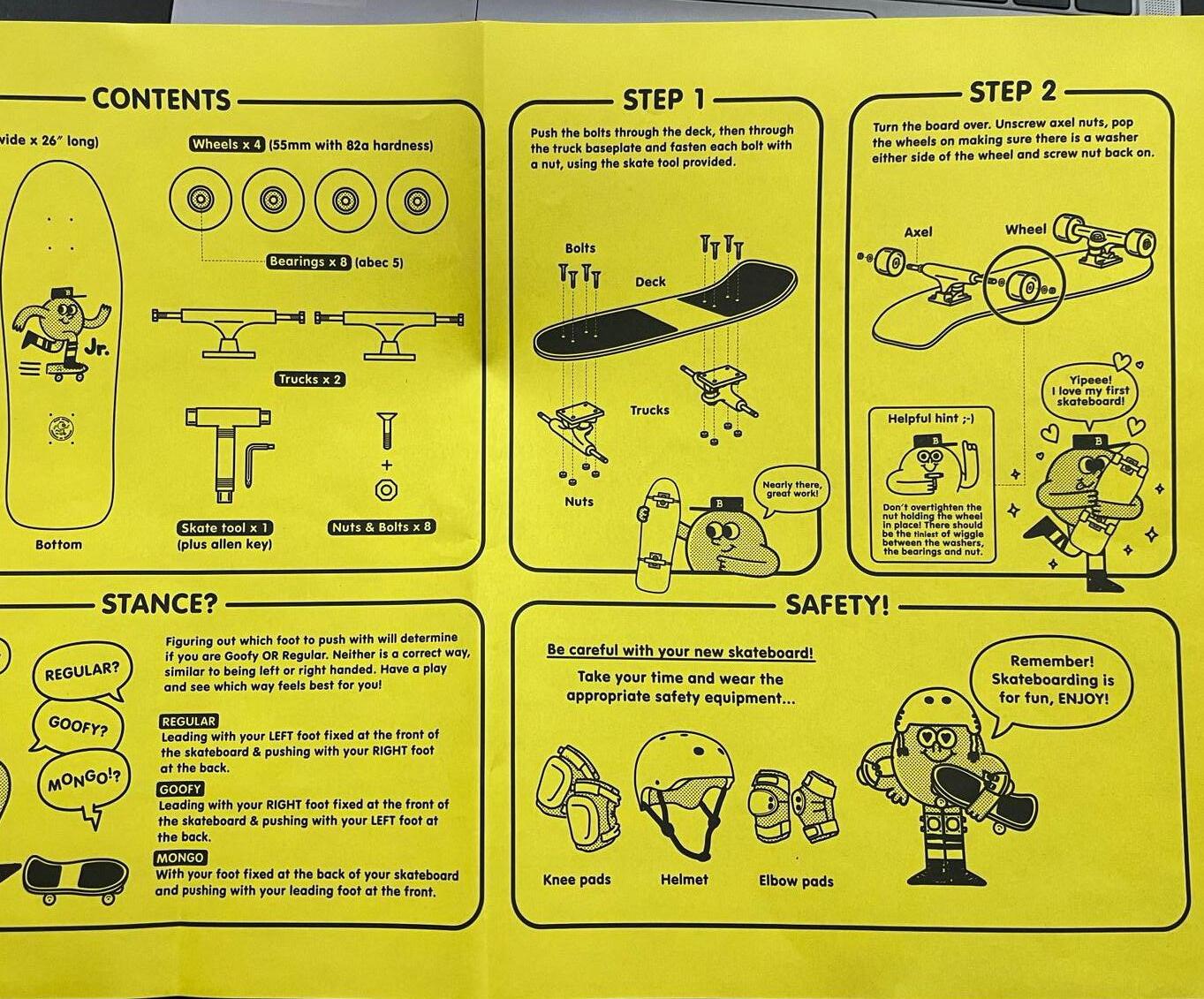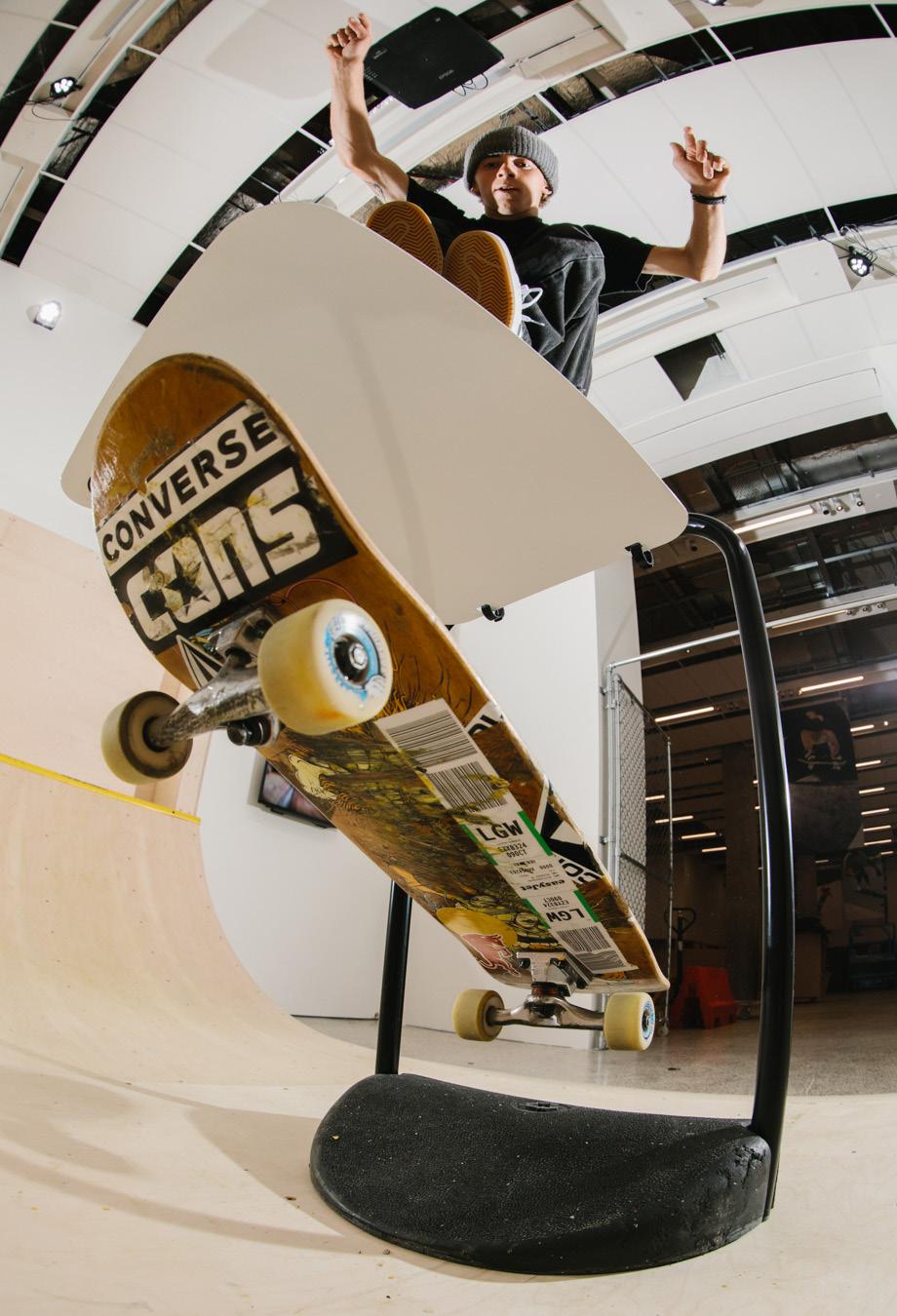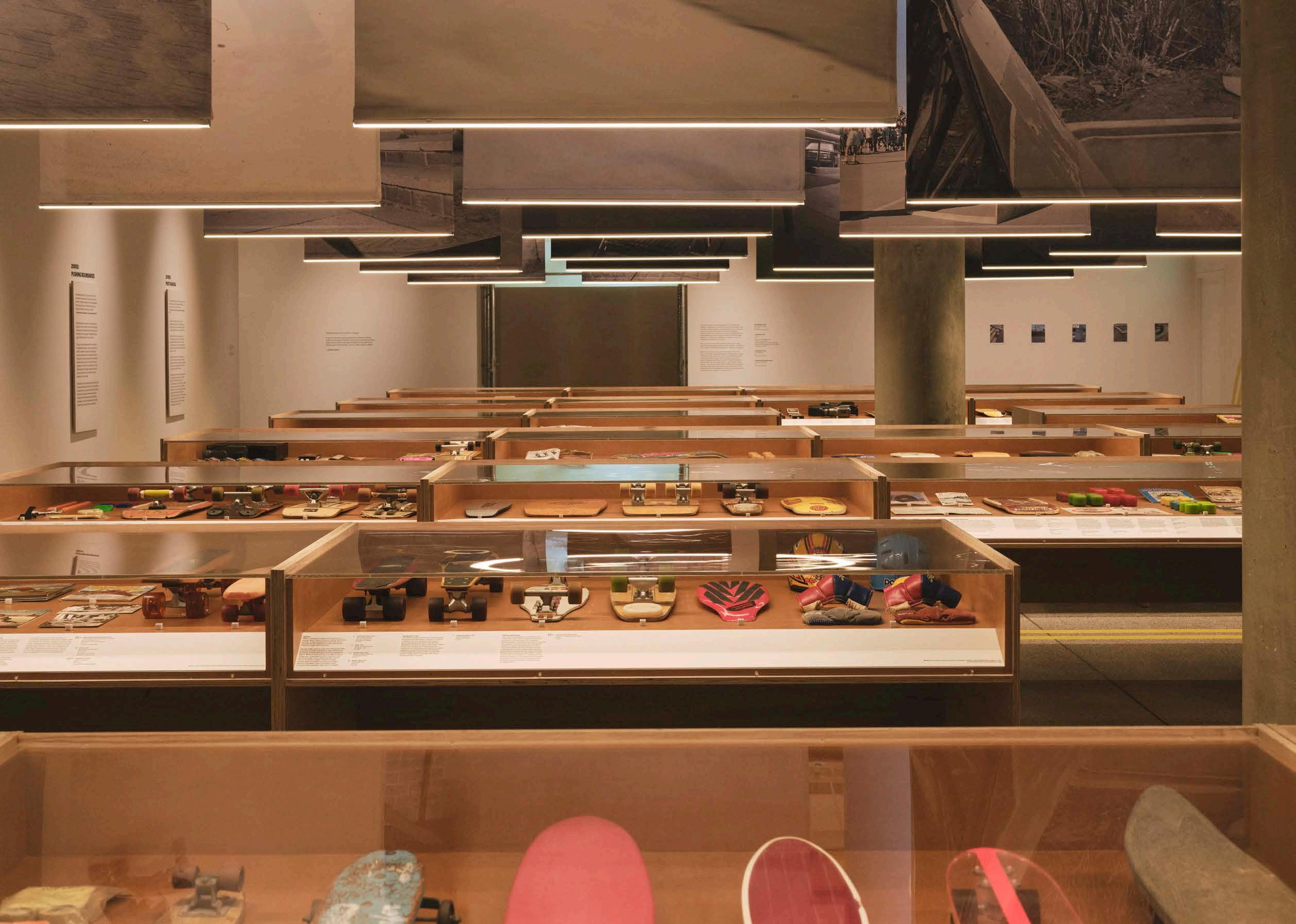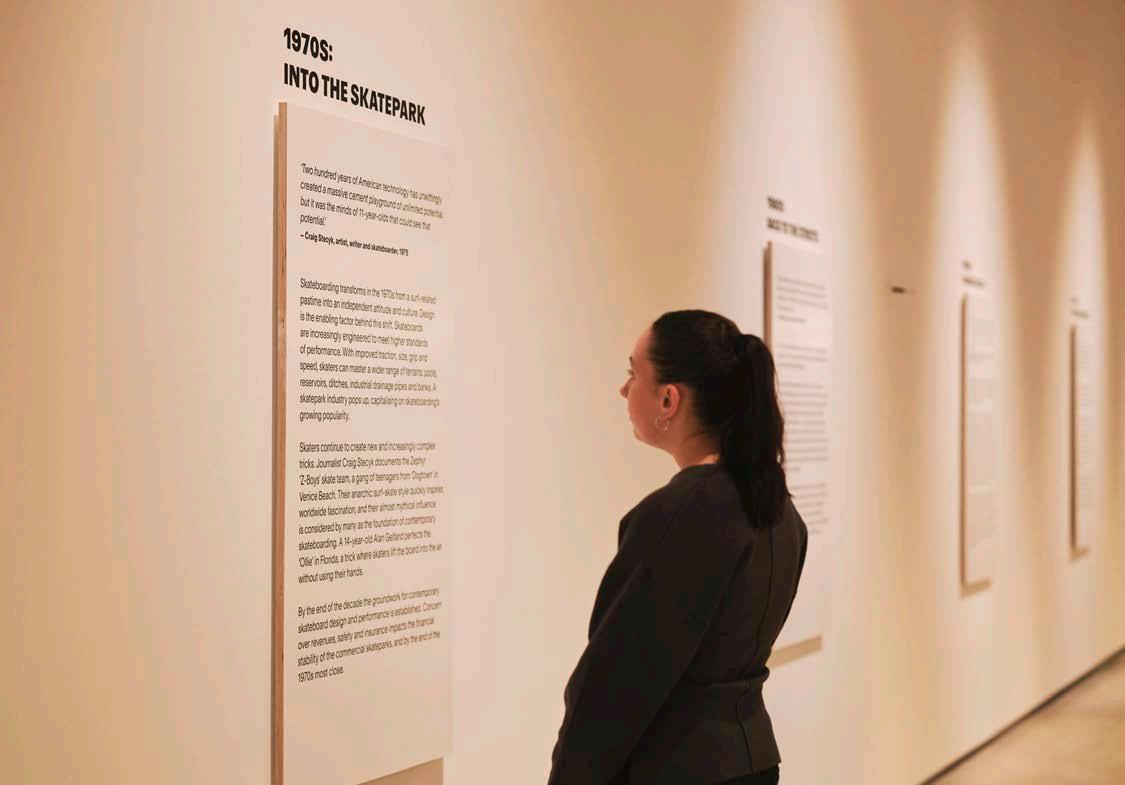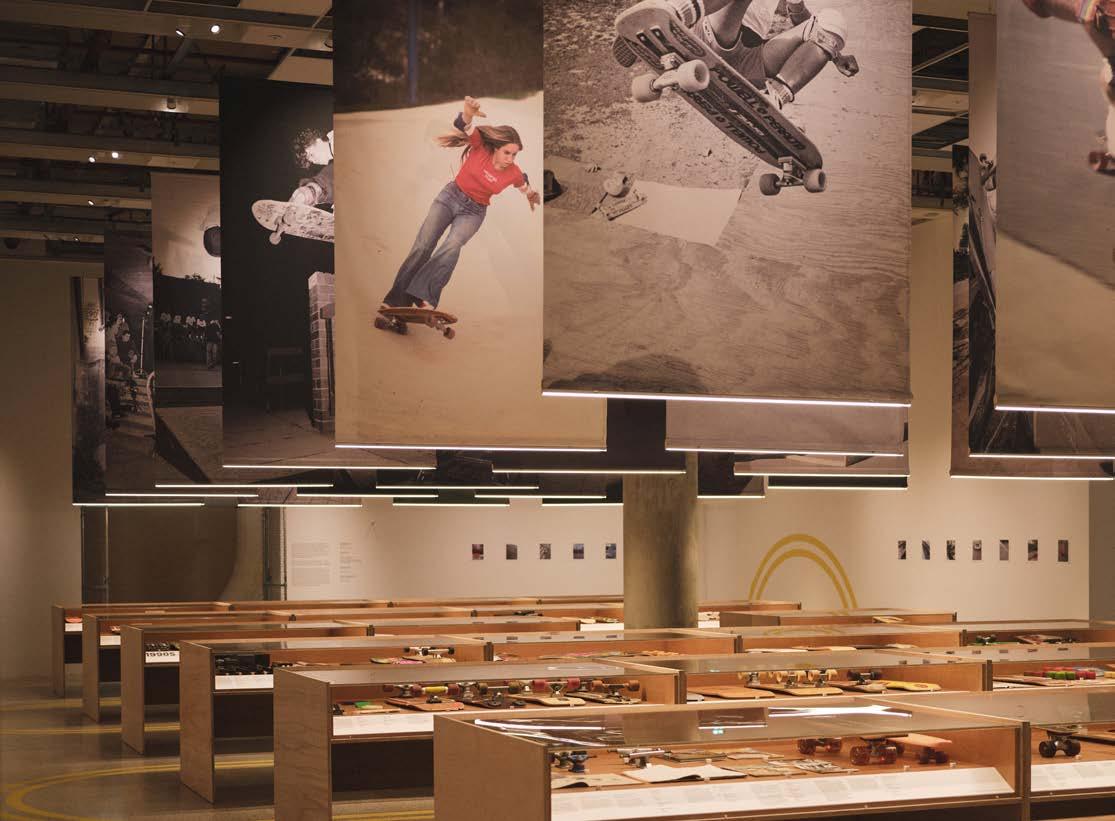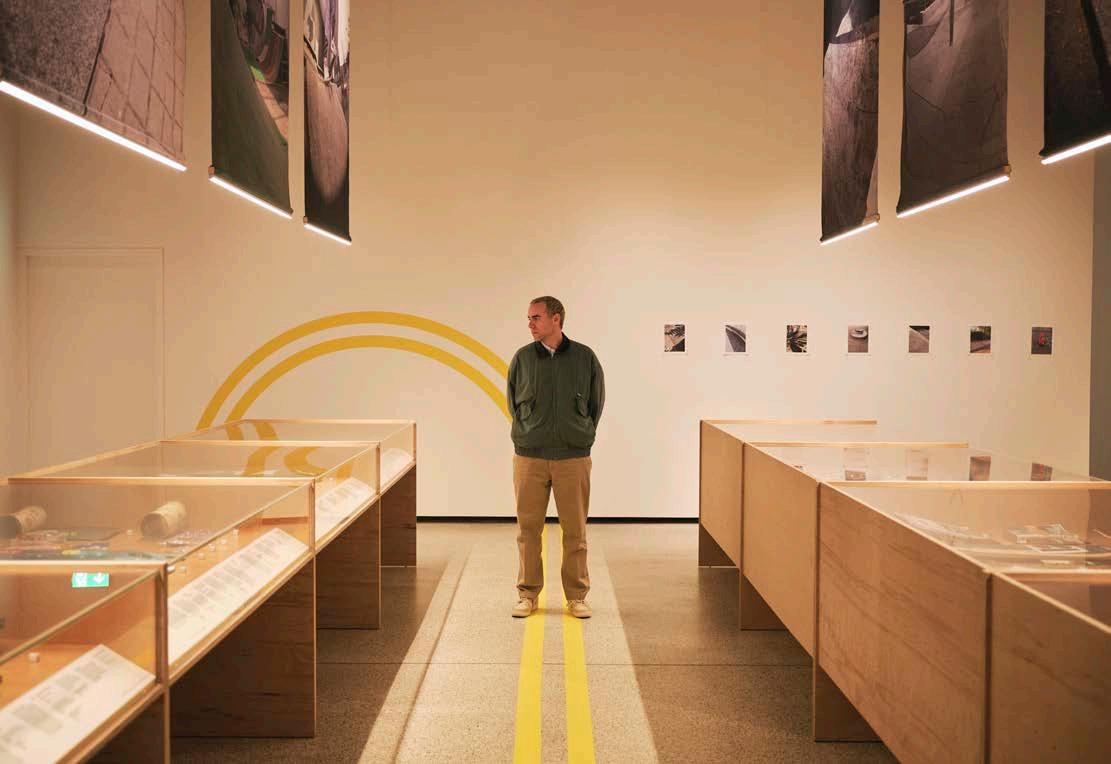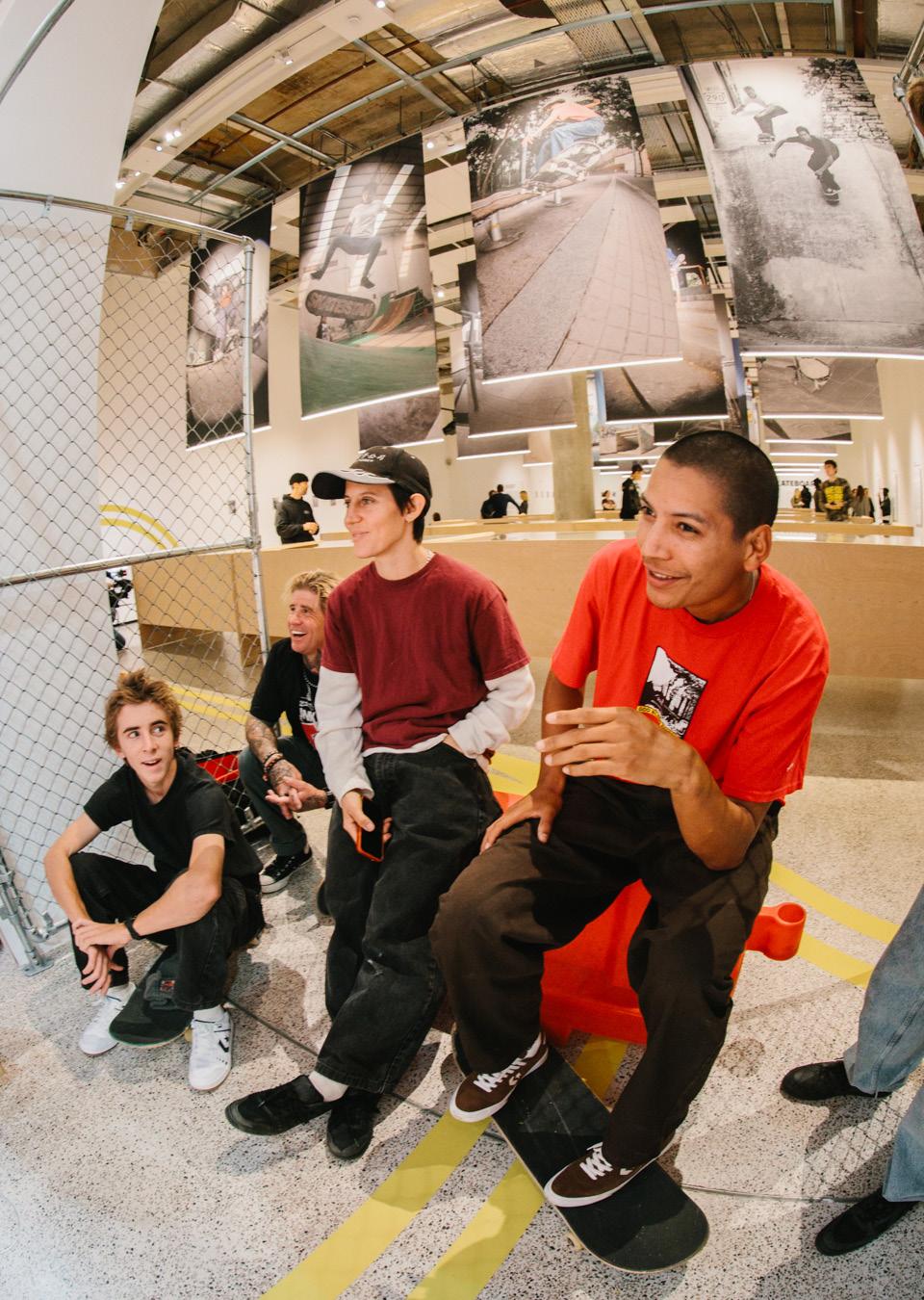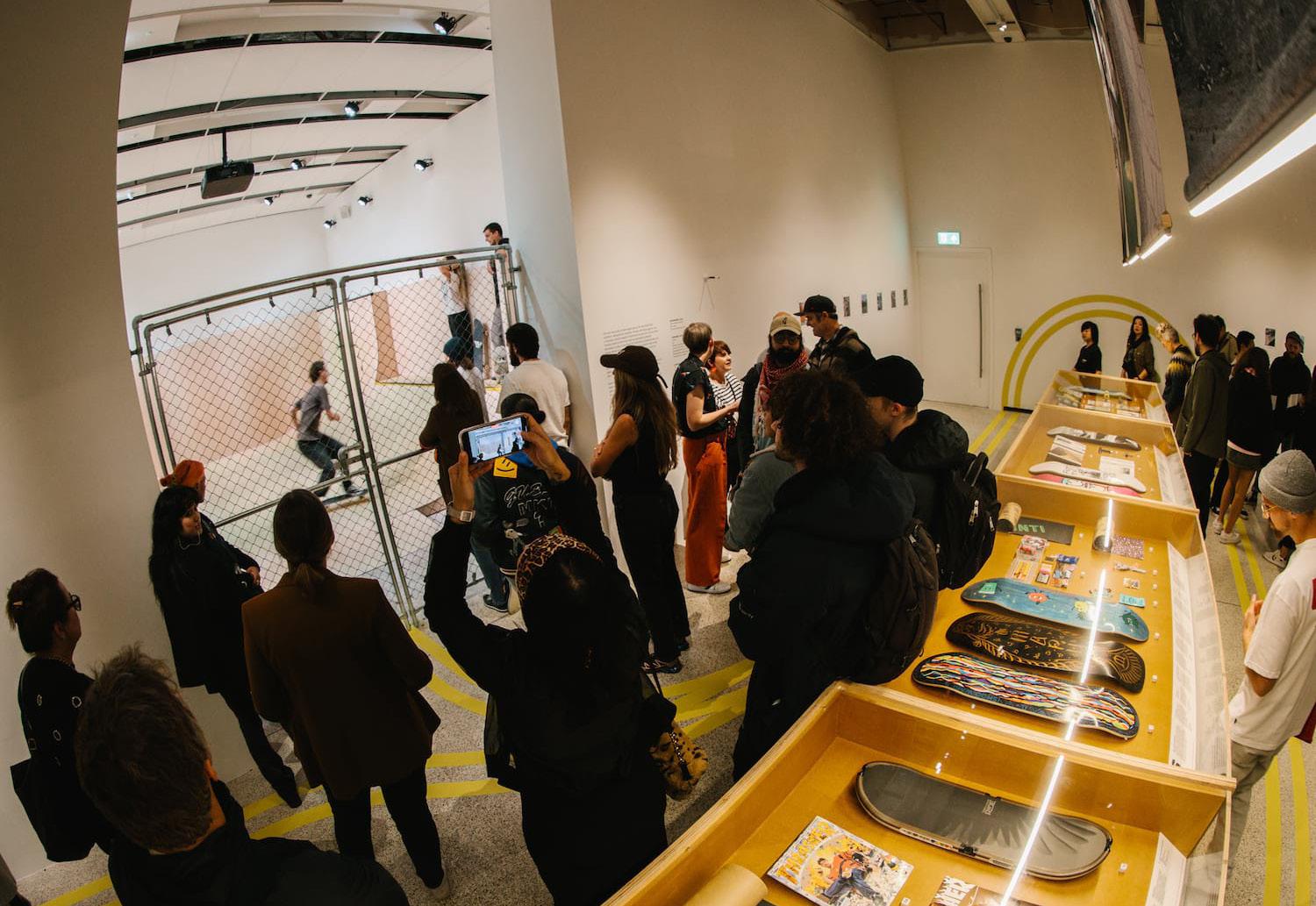The Design Museum Touring Programme
The programme was set up in 2002 with the aim of bringing design exhibitions to audiences around the UK and internationally.
Since then, the museum has organised more than 180 tours to 145 venues in 38 countries worldwide.
The Design Museum’s touring exhibitions range in size from 150 to 1000 square metres and encompass all areas of designarchitecture, fashion, graphics, product, digital and more.
About the Design Museum
The Design Museum, is the world’s leading museum dedicated to contemporary architecture and design.
Winner of the 2018 European Museum of the Year Award, the Design Museum is a multifaceted museum, an ever-changing space for the public, industry and education to come together and explore new ideas. A registered charity, the museum’s innovative exhibitions, partnerships, research and learning programmes evidence how design can enable this planet and its inhabitants to thrive. Our landmark building in Kensington is the centre of our national network and a global hub for the transformative potential of design.
In 2021, the Design Museum launched Future Observatory, the UKs national programme for design research supporting the green transition. The museum’s action research is leading new approaches to lowering the environmental impact of exhibition making, most recently forming Museums 2030 a new peer support network to help UK museums and galleries catalyse change.
Contents
4 Exhibition overview
6 What’s in the exhibition
8 1950s & 1960s
12 1970s
14 1980s
18 1990s
20 2000s
24 2010s
26 Skateboarding and the urban environment
28 The mini ramp
34 Exhibition Design
36 Community
37 Terms and conditions
The Design Museum, London
CURATORS
Guest Curated by Jonthan Olivares
EXHIBITION DESIGN
Jonthan Olivares
GRAPHIC DESIGN
Apartamento
VENUE
Design Museum, London
20 October 2023 - 2 June 2024
Design Museum Brussels
4 April - 14 September 2025
TOUR AVAILABILITY
Available from October 2025
SPACE
Approx. 300 square metres
Exhibition overview
Since the 1950s, skateboarding has developed from a passing children’s hobby into one of the most popular, accessible, and spectacular sports and celebrated cultures in the world.
This new Design Museum touring exhibition shows how skateboard design has advanced alongside progression in skater’s performance and evolving social acceptance. Within the elegantly simple parameters of its key components – deck, trucks and wheels – skaters have repeatedly re-designed the skateboard to suit their skating styles and surroundings.
Curated and designed by the industrial designer and skater Jonathan Olivares, this is the first exhibition to explore the evolution of skateboard design in such detail.
The core of the exhibition offers an array of decks and hardware components presented chronologically. This design-led narrative is brought to life with complementary large-scale photography contextualising the time. A specially commissioned film documents the expanding skate terrain: from sidewalks to empty swimming pools, from backyard mini ramps to mega ramps, from commercial skateparks to DIY skate spots, skateboarding is everywhere.
This exhibition celebrates the skateboard as a design object that connects people to place, communities to cities. The show appeals to the skateboarding community, those with a special interest in skating, sports performance, product and industrial design, and those interested in the interplay between design and the urban realm.
The exhibition charts how skateboard design is always responsive to changes in skating style and performance as skateboarding constantly adapts to different and new urban environments. The skateboard is a unique object that has the power to change lives and space.
What’s in the exhibition
A mini ramp, skateable by visitors to the exhibition
90 rare and unique boards
Over 100 other objects, including hardware such as wheels and tucks, safety equipment, VHS tapes, DVDs, magazines and ephemera
Some of the earliest produced commercially available boards
Large-scale banners featuring photographs of iconic skateboarders and tricks
Examples of material experimentation in deck design
A film produced for the exhibition, charting the history and evolution of the skateboard, narrated by Alexis Sablone
Historic and contemporary film equipment used to make skate films, which helped to dissemenate new tricks and technqies
Iconic skate films, ‘Cheese & Crackers’ and ‘Tea & Biscuits’, exhibited alongside a new film created on the Design Museum ramp by the Converse Pro skate team, featuring Diggs English and Gavin Bottger
Architectural photographs taken by Guest Curator Jonathan Oliveres, depicitng skateable objects in Brooklyn, London, Los Angeles, Milan and New York
Pro-model skateboards, including Powell Peralta 1985 Rodney Millen pro model; World Industries 1992 Rodney Mullen pro mode; Almost 2016 Sky Brown pro model
1950s & 1960s On to the sidewalk
This display shows some of the earliest commercially produced boards. Each new company experimented with materials and shape to make their boards the best on the market and meet growing demand. Skateboarding, sometimes called ‘sidewalk surfing’, was evolving fast. Early boards were modelled on surfboard design. The patenting of the first kicktail in 1969 marked a turning point. This raised tail enabled the kick-turn trick; the first trick which was not borrowed from surfing but unique to skateboarding.
Key objects include: Tresco 1963 Skee-Skate, Humco Surfer 1963, Fleetwing Side Surf, Val Surf 1965 Mark Richards pro model, 1969 Makaha Kicktail.
Opposite: Homemade skateboard, 1953. Children
1970s
In the skatepark
As a defining decade in modern skateboard design, this display includes polyurethane wheels from the early ‘70s: grippier, faster, more durable and resilient than previous versions in steel and clay polymer. They led to revolutionary advances in freestyle, downhill and slalom skating. The first purposebuilt trucks enabled smoother and tighter turns. Material experimentation in deck construction led to decks in moulded plastic, anodized aluminium, fiberglass and, in 1976, moulded plywood, which has held as the industry standard ever since. Plastic grips and rails were added to boards for better grabs and slides. Skateboarders conquered new terrains including now iconic found spaces: empty Californian swimming pools and industrial pipes.
Key objects include: Creative Urethane 1975 Cadillac Wheels, 1973 Z-Flex board (formerly known as the Zephyr), 1976 Lonnie Toft pro model, Powell 1977 quicktail, 1979 Salba Bevel.
Above: Laura Thornhill, backside kick turn. Torrance, 1977 Photograph by Jim Goodrich.
1980s
Back to the streets
The closure of big skateparks drove skating into the street and into backyard ‘vert’ ramps made of plywood in the 1980s. Walls, curbs, benches, and banks became important obstacles. This was an equaliser that made the sport broader and more urbancentric. At the same time, professional skaters were pushing performance and design innovations forward. Growing numbers of pro-model skateboards became available commercially. This display includes pro models from some of the most influential names in skateboarding: Mark Gonzales, Natas Kaupas, Jessie Martinez, Chris Miller, and Mike Vallely.
Key objects include: Powell Peralta 1980 Ray ‘Bones’ Rodgriguez pro model, Sims 1980 Steve Rocco pro model, Powell Peralta 1985 Rodney Millen pro model, Vision 1985 Mark Gonzales pro model, Santa Monica Airlines 1985 Natas Kaupas pro model
Opposite: Mike Vallely ‘Barnyard’ pro model skateboard by World Industries, 1989. Street skating was firmly
1990s
Around the city
Street skating continued to dominate the 1990s, with many declaring “vert is dead.” With street skaters increasingly skating regular and switch (opposite foot stances) and relying on tails and noses for slides, skateboards in the early nineties became more symmetrical. As shown in this section, narrower decks and smaller diameter wheels proliferated as they were thought to enable the technical flip tricks that helped define the early ’90s street style. In the latter half of the ‘90s elite vert skaters skated the first super ramps and x-games. The ceramic bearing was developed to reduce heat at high speeds. In later years, skaters mastered technical street tricks and began doing them at greater speeds and on larger obstacles. As a result, board shapes began to widen again and wheel diameters increased.
Key objects include: Blind 1991 Skull and Banana Mark Gonzales pro model, World Industries 1992 Rodney Mullen pro model, Plan B 1992 Sheffey ‘Troll Doll’ deck, Zoo York ‘tag’ team deck, Sony 1997 VX-1000 camera.
2000s
Pushing boundaries
This display moves beyond the design story of the skateboard deck, which peaks with the 90s popsicle deck, and onto hardware and accessories. Some earlier designs are still in use but with new refinements like perforated grip tape that eliminates bubbles that occur during application. The production of Canadian Maplewood as the dominant choice for skateboard decks is overtaken by wood manufacturers in China. Skateboarding enjoys a mega boom in global visibility and popularity in the early 2000s.The rise of the internet means a larger communication platform. Skate films are slicker and the narrative more choreographed. Performance styles are harder to categorise because skaters now have easier access to footage and information about older styles of skateboarding. Skateboarders convey greater professionalism and the industry thrives. Skate companies continue to experiment with skate accessories and the branding and design of hardware, while skateboarders finesse their personal deck, truck and wheel setup combinations.
Key objects include: DC Shoes 2003 ‘The DC video’, Flip 2001 Tom Penny deck, Flip 2003 ‘Lurker’ PJ Ladd pro model deck, Mob perforated grip tape, Spitfire Cardiel wheels
Above: Urethane wheels by Spitfire, 2001. 2000S 20
2010s
Past radical
This display shows current skateboard design as varied and bespoke, looking back to the past and forward to the future simultaneously. The search for more sustainable and ecofriendly recycled materials is challenging and changing industry standards. Skateboarding as a sport is still growing and evolving too – alongside its recognition as an Olympic sport there is a bigger and more diverse amateur community of skaters than ever before. Skate culture has also become more pluralistic, embracing new faces and voices with LGBTQI+ skate crews gaining increasing recognition.
Key objects include: Real 2003 Ishod Weir pro model, Shake Junt 2010 grip tape, Supreme/Hardie’s 2015 hardware set, Project RPSD 2022 deck, Almost 2016 Sky Brown pro model
Previous spread: Exhibition view
Opposite: Vitrine detail, featuring Shake Junt green grip tap, 2010; Supreme/Hardie’s Hardware set, 2015; and Pocha World Glitter grip tape, 2010s.
Above: Vitrine detail, showing objects the explore the skateboard as a tool for empowerment, including Andrew Reynolds pro skateboard, 2010s; Sky Brown’s first pro model deck with Skatestan, 2016; and the Palace Long Live Southbank (LLSB) deck, 2018.
Skateboarding and the urban environment
The skate documentary commissioned for the SKATEBOARD exhibition was led by key exhibition collaborator Coan Buddy Nichols, and explores skateboarding history through the 1950s to the 2010s as well as the symbiotic relationship between skateboarding and the urban environment. The film was edited using licensed film and archival footage that reflects when the skateboarding story moved from being an American story to a more global story. We welcome suggestions of how the film may benefit from additional licensed content working with a local filmmaker, tailored to the cultural context in your institution’s country of origin.
Photography by Jonathan Olivares also captures the structures and textures of skateable objects around Brooklyn, London, Los Angeles, Milan and New York.
Opposite: Ledges, London, photographed by Jonathan Olivares
emphasis of the interpretation is on orienting audiences to the anatomy of the skateboard and allowing them to touch and feel different materials and parts found in a skateboard. There is also a construction of mini skate parks ramps created for fingerboards, commissioned with a local maker in London.
We would welcome institutions working to recreate an experience within the space that explores the tactile experience of skateboarding, which we felt was best placed within sight of the film which explores skateboarding and the urban environment.
Opposite: Exhibition view featuring the commissioned fingerboard table Above: Handling area featuring a starter skateboard by Blast Skates, allowing visitors the oppurtunity to handle
skate deck, tool and parts and try a full skateboard assembly.
The mini ramp
Designed by Betong Park and Jonathan Olivares, the exhibition features a mini ramp influenced by legendary skate films Cheese and Crackers and its British counterpart, Tea & Biscuits, which highlight the fun and ingenuity in skaterboarders reappropriating found objects and taking over a space. We would invite touring venues to fabricate their own mini ramp (space allowing), which honour the mood of the original films and adapt the style to celebrate a new cultural context.
Ticketholders for the exhibition can book to skate the ramp. When not in use for live skating, the ramp plays host to a new skate film featuring Diggs English and Gavin Bottger - members of the Converse CONS skateboarding team - skating in the gallery.
Gavin Bottger (opposite) and Diggs English (above) skating the mini-ramp
Next spread: (left page, top) The mini ramp, designed and constructed by Betongpark, with the new skate film ‘Cereal’ playing above
(left page, bottom and right page): Gavin Bottger during filming in the gallery
Exhibition Design
3D design: Jonathan Olivares 2D design: Apartamento Studios
Designed by Jonathan Olivares, the exhibition design references the urban landscapes and sites that shaped the development of skateboarding and the design of the board. These are displayed in long vitrines that reveal the taxonomy and individual design stories of different skateboard components, whilst subtly referencing the elegantly minimal parameters within which skaters have repeatedly re-designed the skateboard to suit their performance, style and surroundings.
An open format with no dividing walls speaks to the freedom of skateboarding. The narrative arc in the exhibition has a strong industrial design focus; technological advancements, contextual design and performance are explored, as well as a subnarrative on architecture, which adds a new dimension for audiences to understand skateboarding. There is repeated trope of DIY aesthetics conveyed via the vitrine design and the mini ramp; Masonite, plywood and visible screws work to emphasize the skate park as a reference, encouraging visitors to see through the eyes of a skateboarder. This is complemented by the minimal and elegant 2D design by Aparatamento Studios.
Community
The skateboard community reflects a diverse, vibrant and increasingly globalized community. Voices who have been asked to contribute to the exhibition from across the globe allow audiences an insider’s perspective on the skateboarding community and a sense of the differences in the attitudes, values and the urban environment. The stories behind the skateboard reflect formative experiences of community, collaboration and inclusivity in practice, including how the skateboarding community could share everything from tools, the latest tricks to politically engaged graphics across transnational networks.
Wherever possible Skateboard is developed to support the local skate community. This includes technical expertise and construction of specific exhibition build elements, photography and film commissions, reuse of materials, as well as through a wide range of public programming.
From its uniquely American origins, skateboarding now supports diverse communities in cities and countries worldwide. The exhibition will play an important role in engaging these local audiences.
Terms and conditions
Hire fee, on request, includes:
–Curation and exhibition concept
–Tour management by Design Museum staff
–Exhibits
–Images and films
–Exhibition text in English
–2D and 3D design concept
–Selected display kit
Costs payable by the venue:
–Hire fee, in instalments
–Exhibition and graphic design adaptation
–Share of transport and crating costs
–Storage of empty crates
–Nail-to-nail insurance
–All costs relating to exhibition production
–Installation and de-installation costs
–Marketing
Contact
To find out more about this exhibition and other tours available, please contact:
Charlotte Bulte
Head of International Engagement
Charlotte.Bulte@designmuseum.org
designmuseum.org/exhibitions/touring-exhibitions
PICTURE CREDITS Every reasonable attempt has been made to identify owners of copyright. Errors and omissions notified to the museum will be corrected in subsequent editions.
All photos© Felix Speller for the Design Museum, excluding: p. 7, Photo Caleb J. Adams; p. 12 © Jim Goodrich; p. 13, Photo Caleb J. Adams; pp. 15-16, Photo Caleb J. Adams; p. 25, Jonathan Olivares, 2023; p. 27 - 28, Photo Design Musuem; p. 29 Photo © James Griffiths, Converse; p. 30, Photo © James Griffiths, Converse; p. 32, Photo © James Griffiths, Converse; pp. 37 – 38, Photo © James Griffiths, Converse





